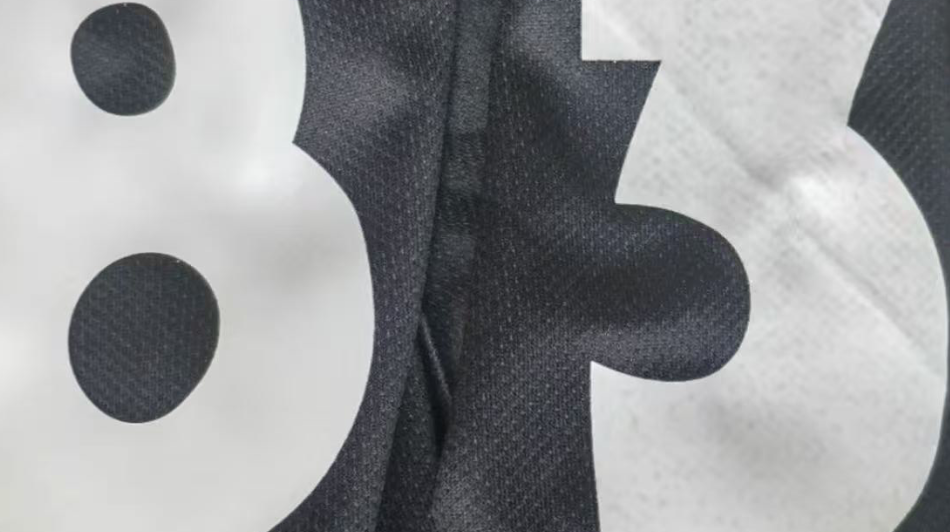WHAT IS TEMPLATE DESIGN FOR PROMOTIONAL ITEMS?
Template design is crucial in creating promotional items like flag, bucket hat, towels, and other branded merchandise. A template provides a pre-designed framework that simplifies the process of customizing promotional items. It ensures consistency in branding, design, and messaging across different promotional materials.
When beginning a promotional item project, the initial step is to design product templates. To do so, we require a vector file of the client’s artwork. However, this request can sometimes be met with confusion. As an expert in custom-made products, it is crucial to comprehend the significance and function of various image file formats. This understanding ensures that your brand is accurately represented and facilitates communication between designers, product managers, and clients.
UNDERSTAND THE TWO TYPES OF DIGITAL IMAGES: RASTER AND VECTOR
Digital images can be classified into two main types: raster and vector. Raster images are made up of pixels and are commonly used for photographs and digital artwork. Vector files, on the other hand, are created using mathematical equations and can be resized without losing resolution. Vector files are commonly used for logos, icons, and illustrations. It is important to understand the difference between these two types of images when designing templates for promotional items to ensure that the final product is of high quality and can be easily edited.
RASTER IMAGES
Raster images, also known as bitmap images, are composed of a rectangular grid of pixels that each contain a specific color.
Raster images are resolution-dependent, meaning they can lose clarity and become pixelated when enlarged beyond their original size. They are commonly used for photographs, digital artwork, and other images that have subtle variations in color or tone.
The most common file types for raster images include JPEG, PNG, GIF, and TIFF.
JPG
JPEG or JPG files are commonly used for photographs. It is the most widely used image compression standard and digital image format worldwide.
PNG
PNG is short for Portable Network Graphic, a type of raster image file. it can handle graphics with transparent or semi-transparent backgrounds.
TIFF
A TIFF, which stands for Tag Image File Format, is a computer file used to store raster graphics and image information.
TIFF files are used for high quality printing because of their ability to maintain the quality of the original image after multiple compressions or resizing without losing any detail of the original source material.
VECTOR FILES
Vector files are images created using mathematical formulas to establish points on a grid. They can be resized without losing resolution, making them ideal for scalable designs such as logos, icons, and illustrations.
The most common file types for vector files include AI (Adobe Illustrator), EPS (Encapsulated PostScript), and SVG (Scalable Vector Graphics).
AI
AI files are essentially vector image files made with the use of a famous vector graphics editing software: Adobe Illustrator.
EPS
EPS is a file format developed by Adobe in the late 1980s to cater to the requirements of designers and printers. The acronym stands for “Encapsulated Postscript”. Initially, it was only compatible with Adobe Illustrator. However, presently there are numerous free software options available that can open EPS files or convert them into different file formats without requiring Illustrator. Regardless of whether you use a Mac or PC, there are plenty of software choices available for opening EPS files on your operating system.
SVG
An SVG file, short for scalable vector graphic file, is a standard graphics file type used for rendering two-dimensional images on the internet.Commonly used in icons or logos etc.
PDF FILE
A PDF is a file format that can contain text, images, and other types of data in a document. Typically, we create a PDF from the designed template file because it is easy to open and view.
RESOLUTION OF PROMOTIONAL ARTWORK

When creating a custom promotional item using artwork that includes a raster file, it’s crucial to consider the resolution of the file. Resolution is measured in dots per inch (DPI) and refers to the number of pixels in an image. The quality, clarity, and effectiveness of the image can be greatly affected by its resolution. However, vector files do not require consideration regarding resolution.
Low resolution images can appear pixelated or blurry, which can detract from the overall quality of the promotional item. High-resolution images, on the other hand, provide crisp, clear visuals that are more visually appealing and effective in conveying a message.
When creating promotional artwork, it is essential to consider the intended use of the image. For example, a design that will be printed on a 3×5‘ flag or sign will require a higher resolution than a design that will be printed on a smaller item such as a 5×10“ mini flag.
Raster images in promotional material should generally be produced at a minimum resolution of 300 DPI for printing purposes. However, some printing methods may require a higher resolution to achieve optimum quality.



